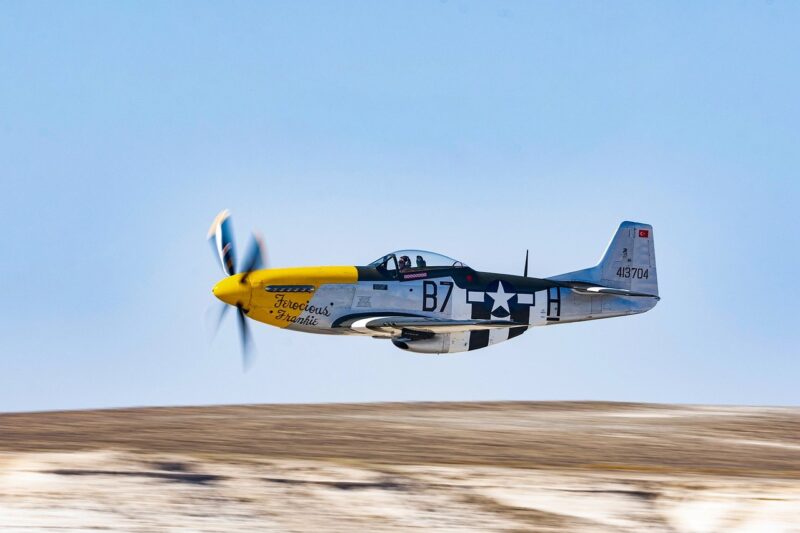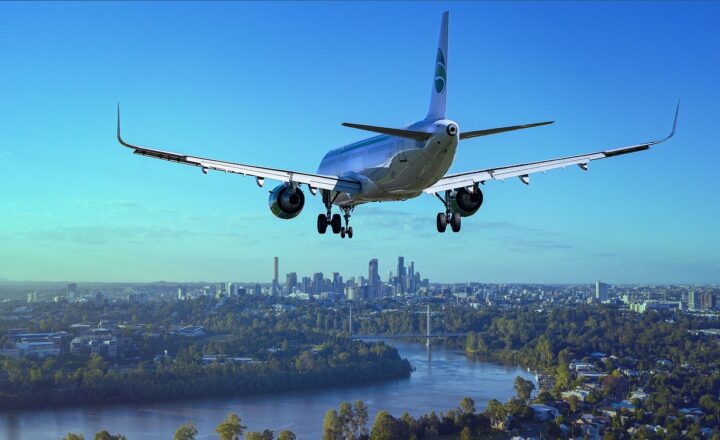The Evolution of Airplane Cockpits and How Technology Has Simplified Flying
November 12, 2024

Over the decades, airplane cockpits have undergone remarkable transformations – shifts driven by technological advancements, increasing safety standards, and the growing demand for efficiency in air travel. This article will guide you through the evolution of cockpit designs and the role modern technology plays in simplifying the flying experience for both pilots and passengers.
1. The Early Days of Aviation: Mechanical Simplicity
In the early 20th century, airplanes were a novel concept. Cockpits were basic and primarily mechanical. Pilots relied on a few dials and gauges to operate the aircraft. The Wright brothers’ 1903 Flyer, for example, featured a simple control structure with a few basic instruments to monitor altitude and speed.
As aviation progressed, aircraft cockpits became more complex, incorporating additional navigational instruments such as compasses, altimeters, and airspeed indicators. These changes reflected the growing need for more sophisticated flight operations, particularly as commercial airlines began to dominate the skies post-World War II.
2. The Jet Age: Introduction of Avionics
The 1950s marked the beginning of the Jet Age, with aircraft like the Boeing 707 changing the landscape of commercial flying. This era introduced avionics, the electronic systems used in aircraft that greatly improved navigation, communication, and flight control. Cockpits during this time saw the transition from analog to digital displays, a pivotal moment in aviation history.
Cockpits began to feature multi-function displays (MFDs) that provided pilots with essential flight information in a more accessible format. Furthermore, instruments like the Flight Management System (FMS) allowed for automated route planning and control, significantly enhancing efficiency and safety.
3. The Rise of Glass Cockpits
As technology advanced, the evolution of “glass cockpits” became apparent in the 1980s. This term refers to cockpits designed predominantly with electronic flight instrument displays (EFIDs) instead of traditional analog gauges.
Glass cockpits simplified information management for pilots. With fewer physical instruments to monitor, pilots can now view crucial flight data on high-resolution screens. Common features include:
- Integrated Systems: Avionics are interconnected, providing real-time data on navigation, communication, and aircraft performance.
- Enhanced Situational Awareness: Pilots benefit from graphical displays that illustrate flight paths, terrain, weather, and traffic information.
- Automation: Auto-pilot capabilities allow for more efficient management of flights, allowing pilots to focus on complex decision-making rather than constant monitoring of controls.
The introduction of such sophisticated technologies has made flying safer and more user-friendly, ensuring pilots can react quickly to issues without overwhelming workloads.
4. Modern Advances: Enhancements in Safety and Efficiency
The turn of the 21st century brought further innovations, emphasizing automation, connectivity, and predictive technologies. Here are a few key modern features:
- Autoland systems: Modern aircraft can land themselves under certain conditions, reducing the workload on pilots during landing and increasing safety in poor visibility scenarios.
- Enhanced Weather Radar: Advanced systems allow pilots to detect weather patterns and turbulence, enabling better route planning and adjustments during flights.
- Redundancy Systems: Safety remains a priority, with critical systems designed to have backups should one fail, thus ensuring the integrity of flight operations.
These advanced technologies demonstrate how aviation continues to prioritize safety and efficiency in the flying experience.
5. The Pilot’s Role in an Automated World
With such high levels of automation, one might wonder what the future holds for pilots. In an increasingly automated cockpit, pilots still play a critical role, as they are responsible for monitoring automated systems and responding to any anomalies that arise. They must remain vigilant, maintaining a firm understanding of both the aircraft systems and operational procedures.
Training is evolving accordingly, focusing on teaching pilots how to effectively manage technology while preserving essential manual flying skills.
The partnership between pilots and technology remains vital: while automation simplifies operations, human oversight enhances safety and enables effective decision-making.
6. The Future of Cockpits: Innovations on the Horizon
As we look ahead, developments such as artificial intelligence (AI) and machine learning stand to reshape cockpit design further. Trends that we can anticipate include:
- AI Co-pilots: AI systems could assist in decision-making by analyzing vast amounts of flight data in real-time, predicting patterns and potential issues.
- Virtual Reality (VR) Training: Pilots may utilize VR for enhanced training experiences, virtually simulating challenging flight scenarios without physical risks.
- Personalized Cockpit Interfaces: With increased connectivity, cockpit displays may provide pilots with tailored information based on their preferences and flight experience.
The prospect of these innovations promises to make flying even safer and more intuitive, shaping the next generation of aviation.
Conclusion
The evolution of airplane cockpits mirrors the rapid advancements in technology, emphasizing safety, efficiency, and the simplification of the flying experience. From the simplicity of early mechanical cockpits to the complex glass cockpits of today, technology plays a central role in aviation. As we continue to embrace innovations, pilots and passengers alike can look forward to an even more streamlined flying experience in the future.
As we move forward, one thing remains certain: the fusion of human skill and advanced technology will continue to uphold the integrity of aviation and enhance the experience of air travel.








